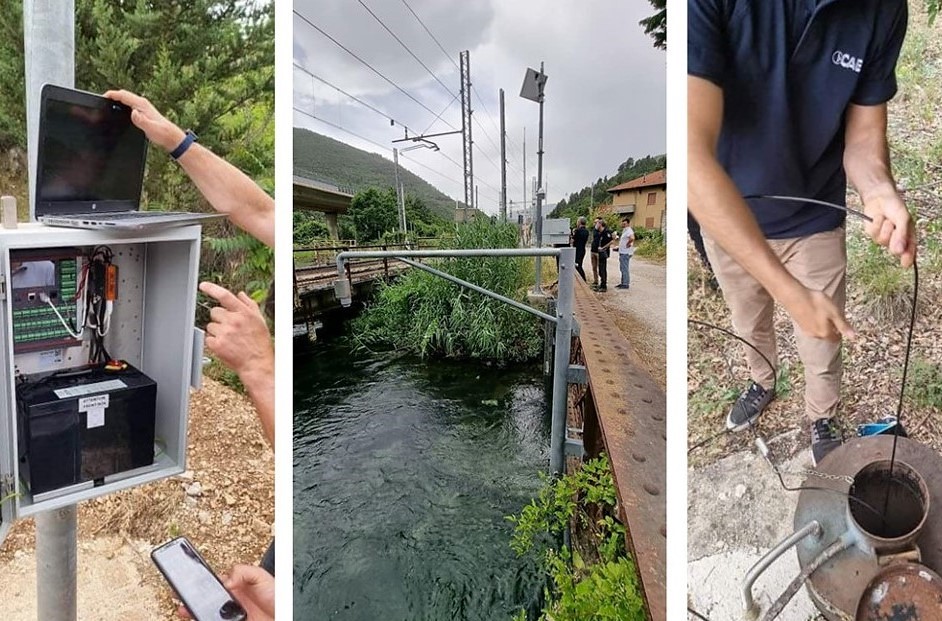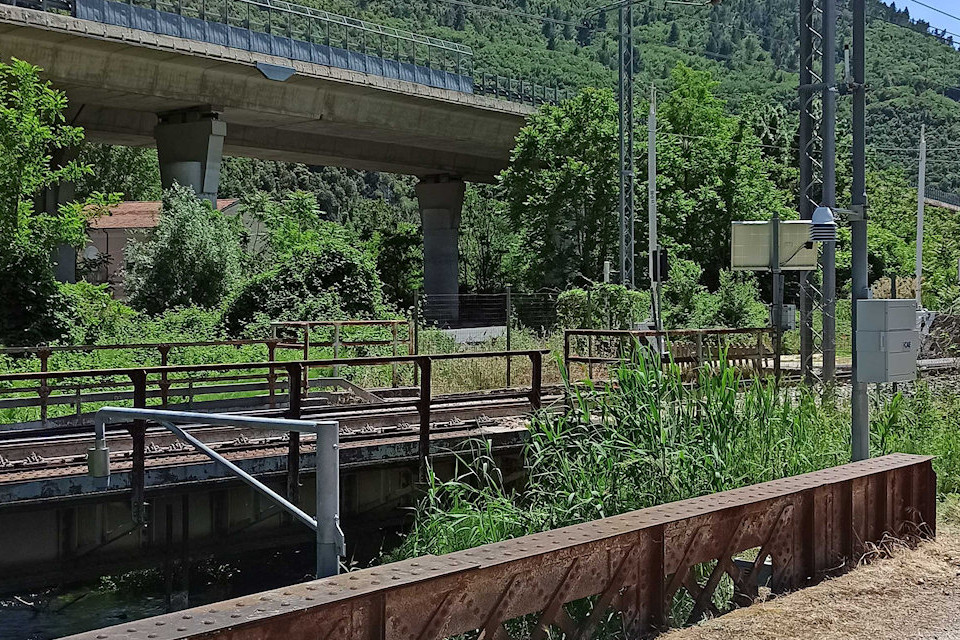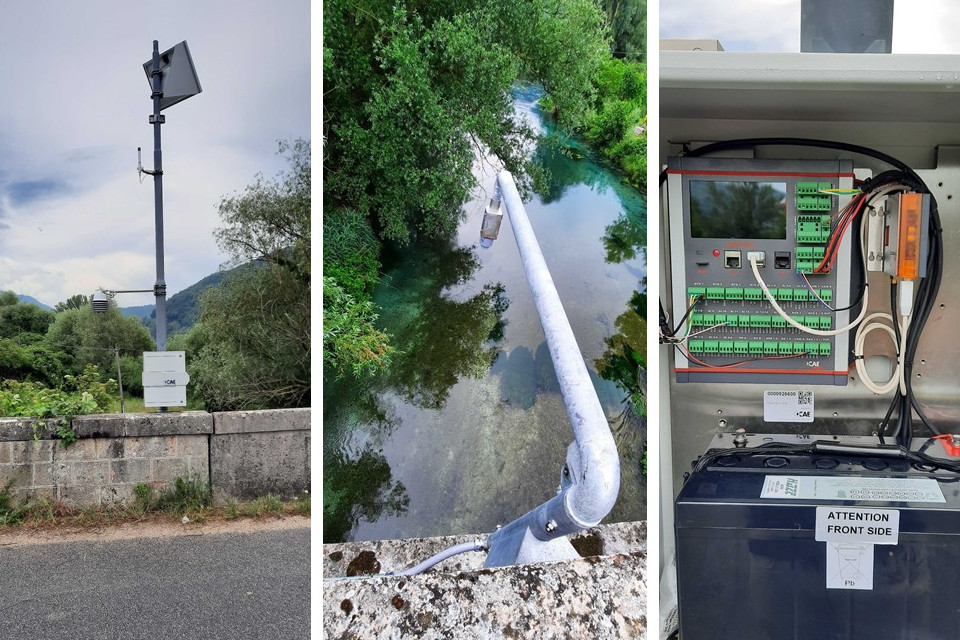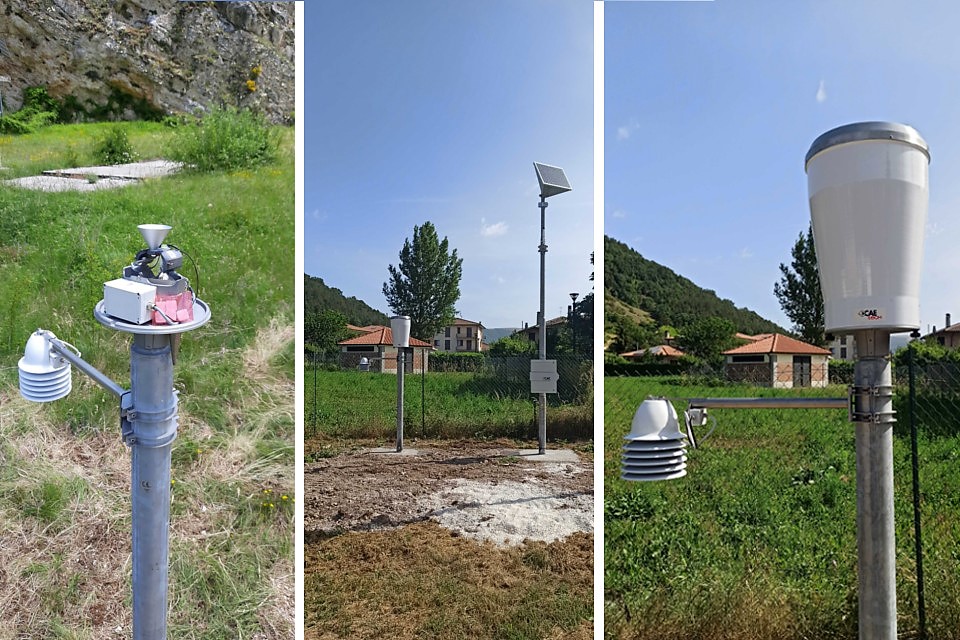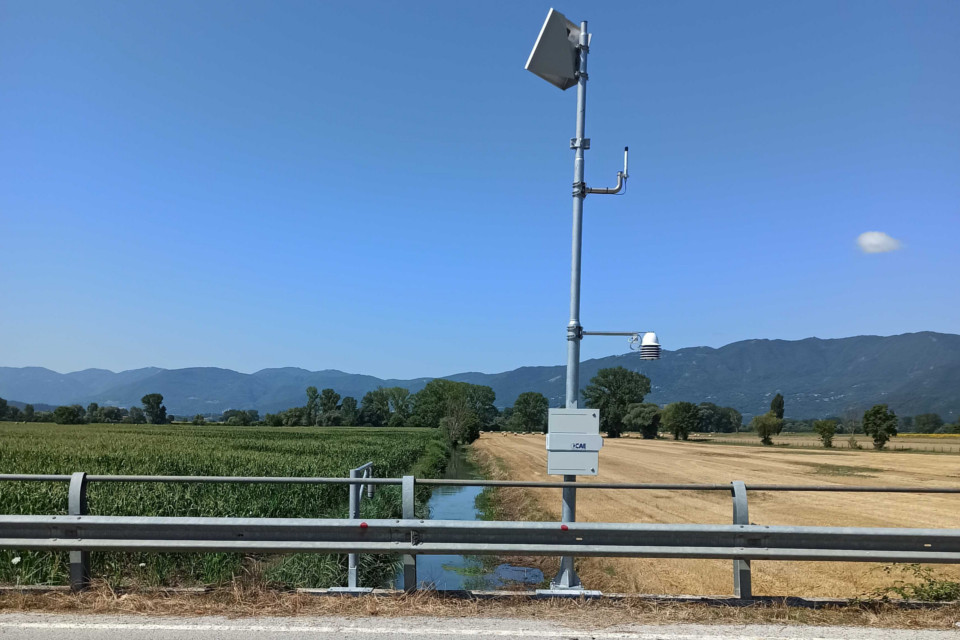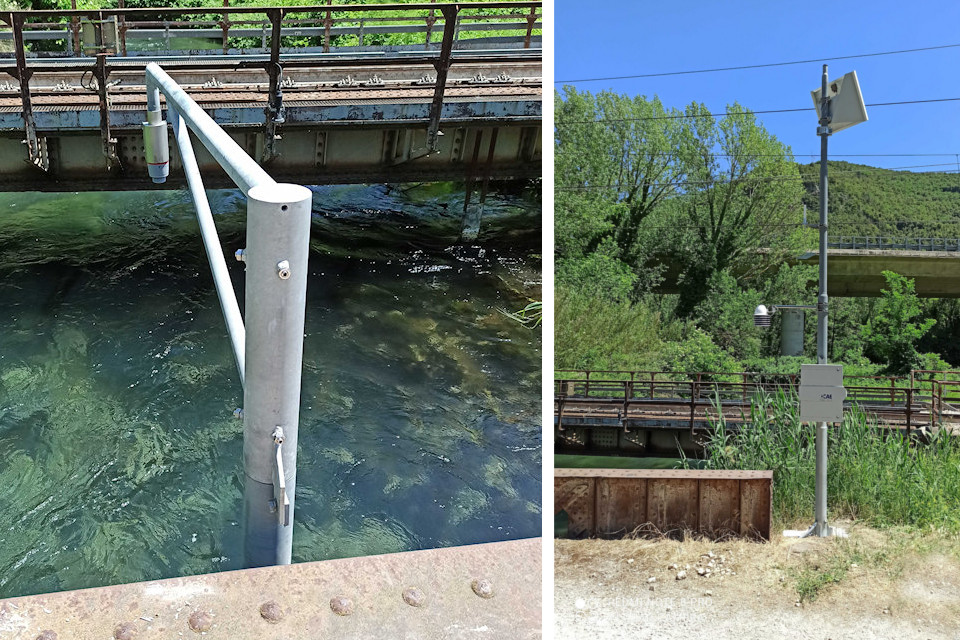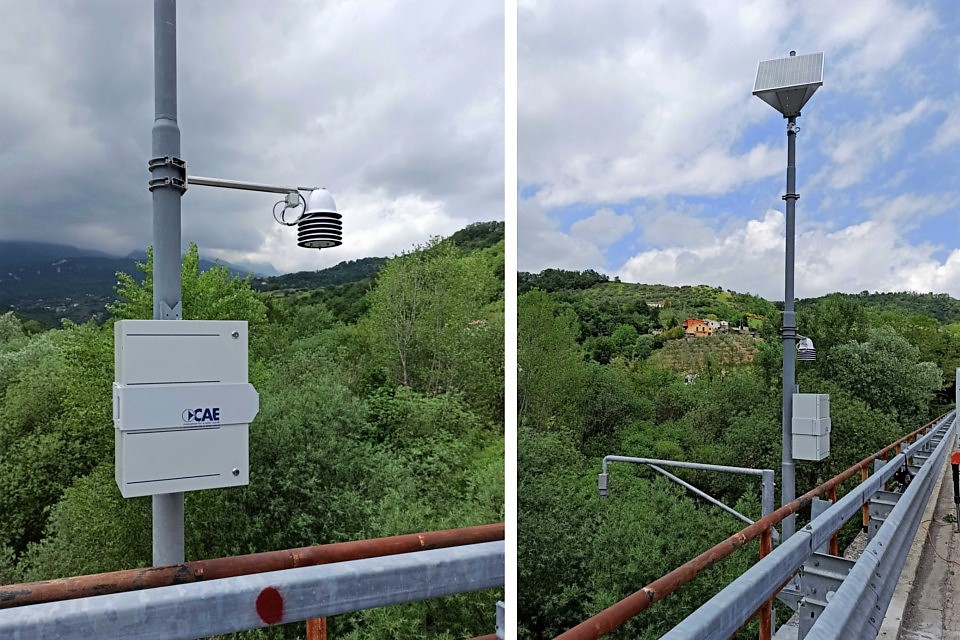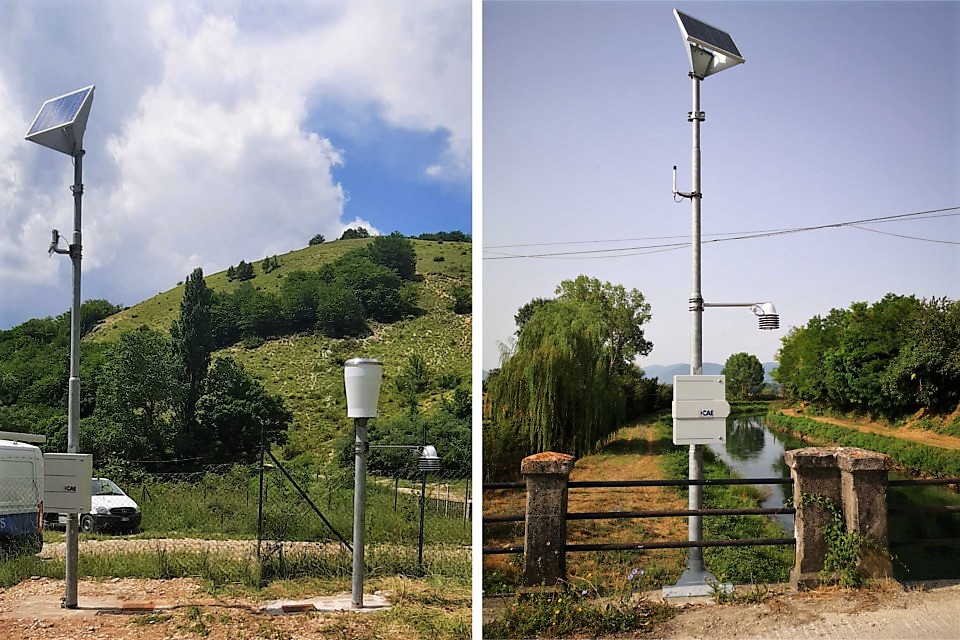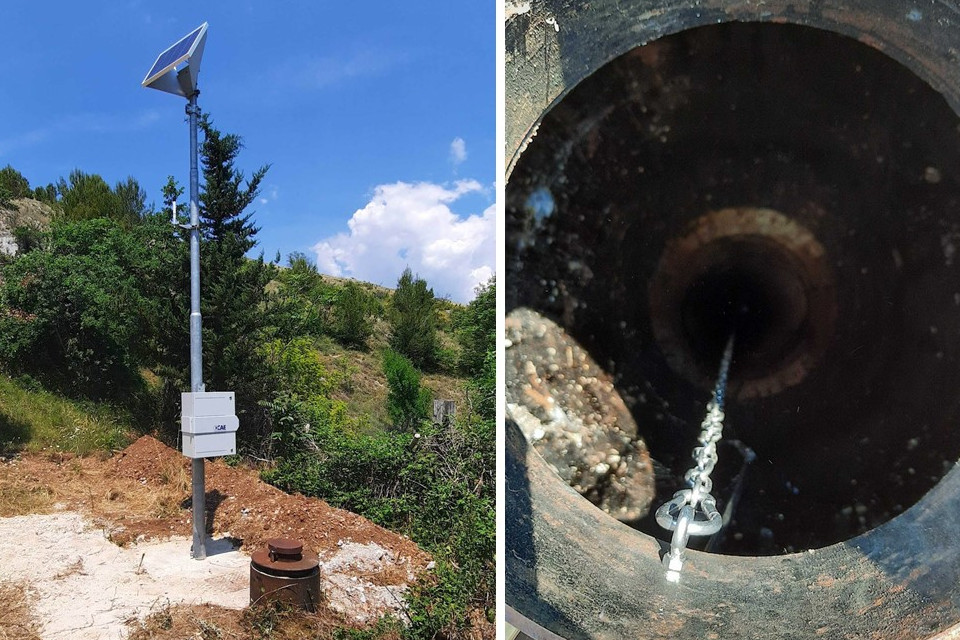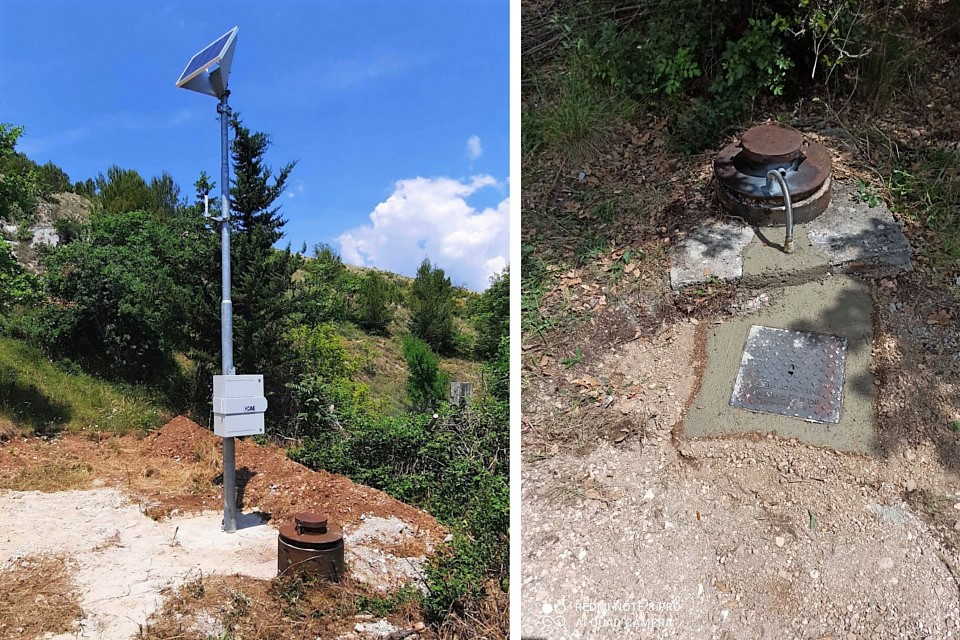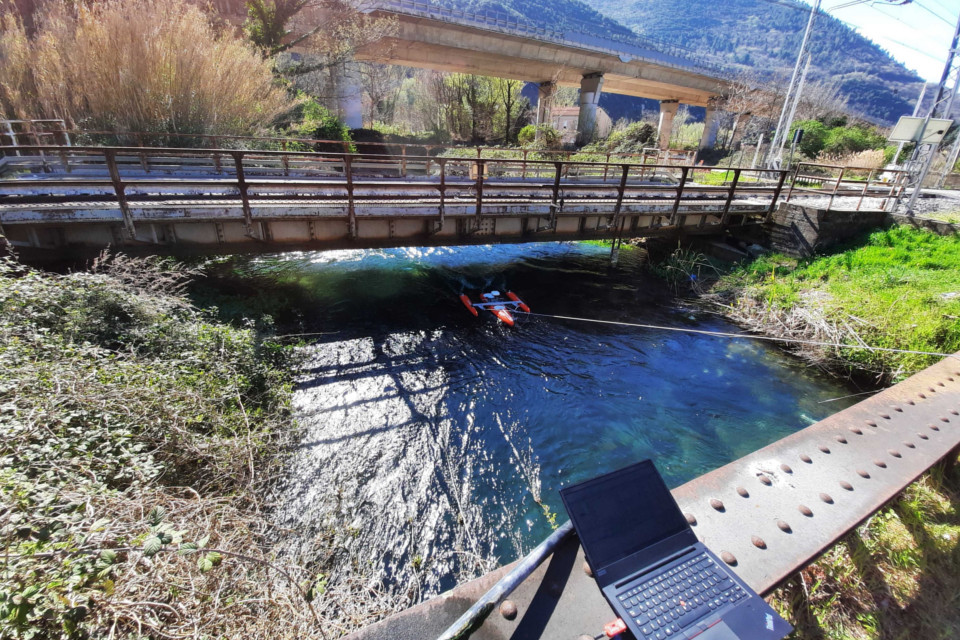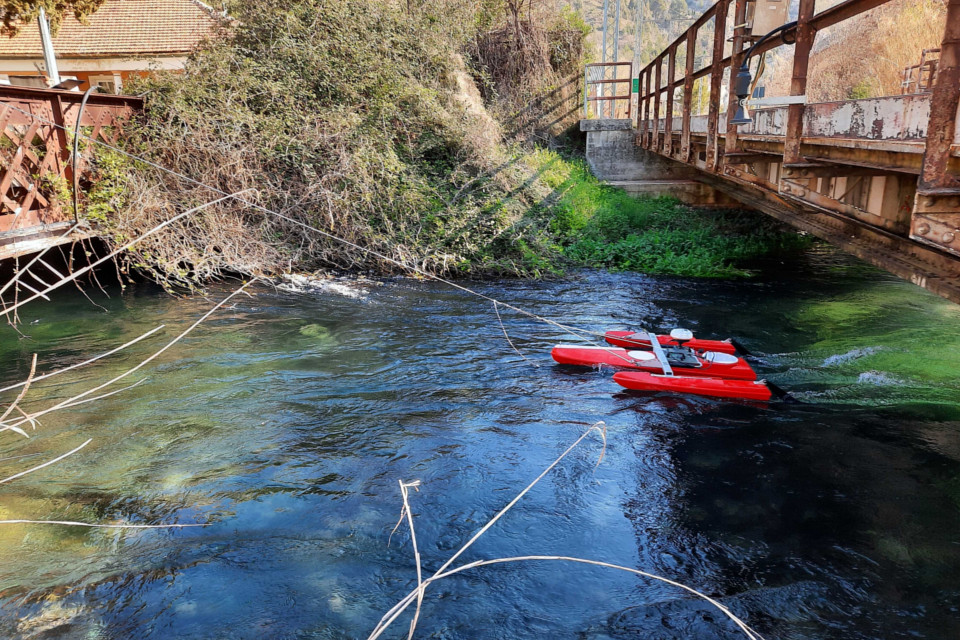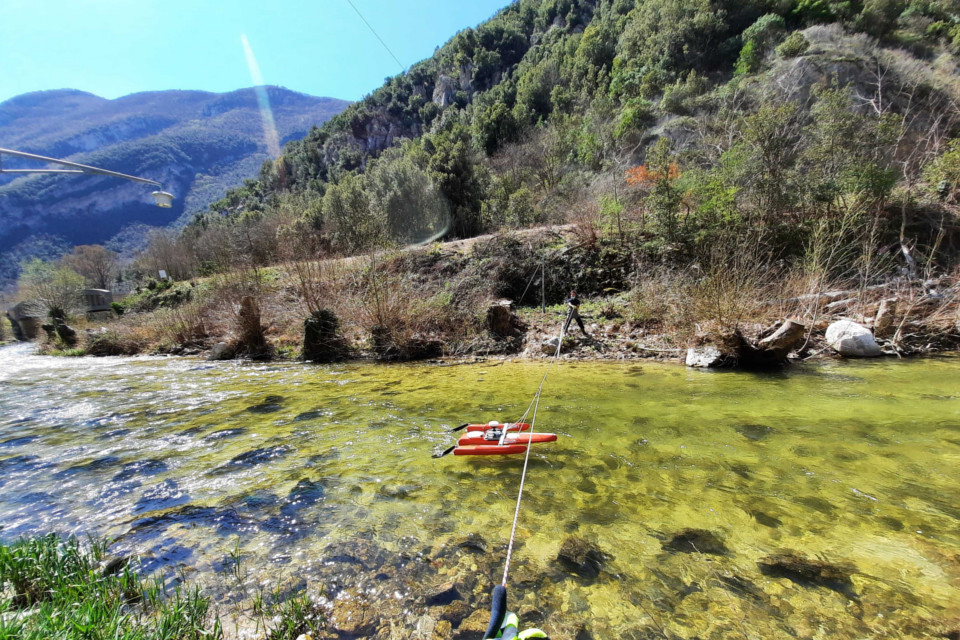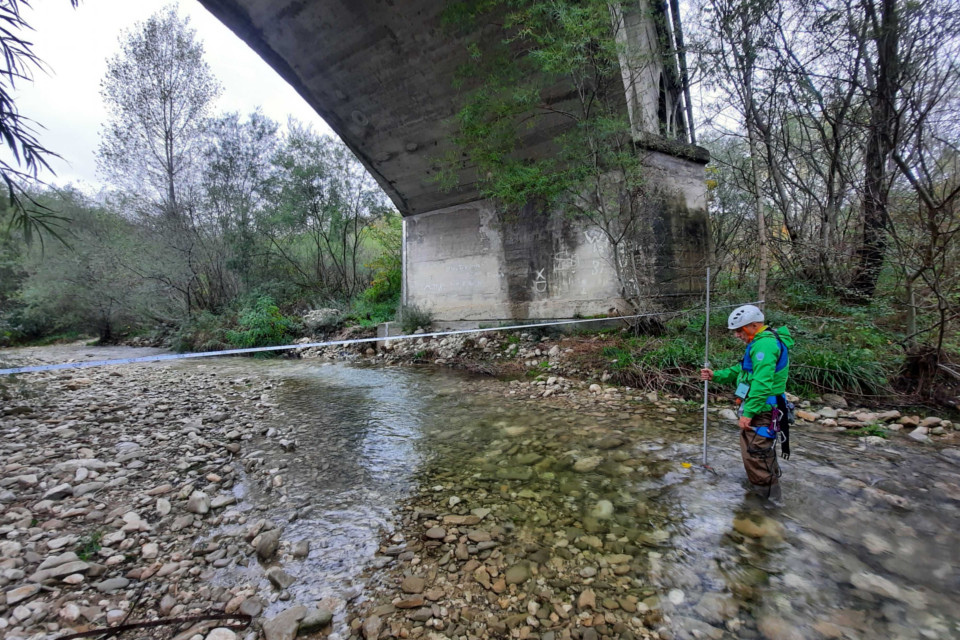Monitoring stations in the "Massif of the Central Apennines” increased in number
Following the seismic events of 2017, the District Basin Authority of the Central Apennines (ABDAC) has intensified its collaboration with the Regions affected by the earthquake, making its technical-scientific skills available to the Commission for reconstruction and providing an updated picture of the hydrogeological risk of the area in order to carry out a reconstruction in safe conditions. In order to further strengthen this collaboration, the ReSTART Project "Territorial Resilience of the Central Apennines - Post-Earthquake Reconstruction" was launched in the autumn of 2018, funded by the Agency for territorial cohesion through funds from the PON (National Operational Programme) for Governance and institutional capacity 2014-2020. The Project will last until June 2022, putting in place multiple “actions and technologies for hydrogeological and anti-seismic prevention and planning.”
The project focuses on 3 objectives:
1. technical support for post-earthquake reconstruction in conditions of hydrogeological safety as far as previous phenomena and induced earthquakes are concerned (LANDSLIDES and FLOODS);
2. reprogramming of water resources due to earthquake-induced effects (WATER RESOURCE);
3. pilot model of governance, as well as constant and continuous updating of the cognitive framework of risk phenomena (URBAN PLANNING and GOVERNANCE MODEL).
Thanks to this second objective, it will be possible to increase the hydro-meteorological database currently existing in the area of the so-called "Massif of the Central Apennines”, in the Regions of Abruzzo, Lazio, Marche and Umbria, in order to improve knowledge and assessment of the impact of seismic phenomena on the water bodies of the water recharge area.
Being the group leader in the RTI (Temporary grouping of companies) that won the contract, CAE has contributed to achieve this second objective: in fact, the works for the supply and installation of automatic remote measurement stations for hydrometric, nivometric and pluviometric monitoring have almost been completed, resulting in the implementation in the hydro-pluviometric weather networks of the Regions of Lazio, Umbria, Marche and Abruzzo. Going into more detail, the project involves the supply and installation of 15 monitoring stations, as well as flow measurement and maintenance activities for 12 months on the stations installed. Subsequently, these stations will fall under the responsibility of their relevant Regions, whose networks have already been increased.
The sensors used are equipped with analogue or serial outputs with Modbus or SDI12 protocols, which therefore are open and documented. All sensors therefore guarantee full interoperability, allowing interfacing and data acquisition with any other dataloggers which may need to be integrated, other than those provided.
Communication takes place via a 4G modem with standard communication protocols, which is suitable for integration on all the different networks involved and guarantees high data transmission speeds.
The technologies provided by CAE include:
- CompactPlus datalogger;
- THS thermo-hygrometer;
- PG10 rain gauges.
We are proud to have contributed to the ReSTART project which intends to create a model of "resilience” that, despite being born specifically for the area of Central Italy, presents characteristics and purposes that make it exportable to any territory affected by natural disasters (both in Italy and worldwide).
Back to the news index

